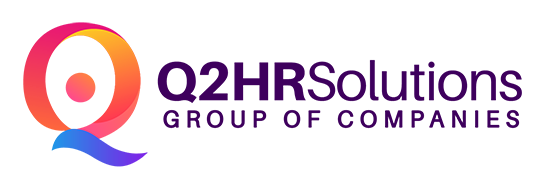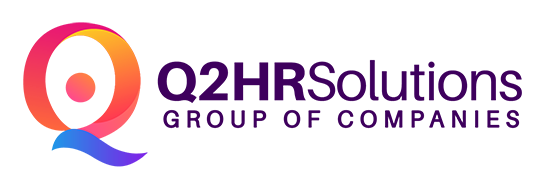How can you Prepare for Hybrid Workforces?
How can you Prepare for Hybrid Workforces?
Hybrid Working is not a new concept, but the rate at which it has been adopted is. Simply put, it is the model by which companies no longer go back into the office full time at 100% capacity and instead make it optional for people to come into the office or only during certain days of the week. Yet for those who are trying to adapt, what does this concept look like in practice? The latest edition of The Quote has collated examples and expert advice that acts as a guide to your hybrid workplace!
Internal Communications and CRMs
As established in the introduction, Hybrid Working Models accommodate for both remote and office-based teams as opposed to traditional full-time office-based workforces. Anne-Laure Fayard et al from the Harvard Business Review said that 80% of those surveyed have said they do not want to come back to the office full-time. This has led to larger investments into strong internal communication systems like Slack and Microsoft Teams. The $27.7bn acquisition by Salesforce of Slack is a clear indication of just how integral these technologies are to the new work environment. When integrated with CRM Systems, like Salesforce or Hubspot, the tracking of pipeline and sales targets is sure to improve. As a result, Hybrid workforces are sure to invest into better communication tools; no longer relying on outdated systems such as Skype.
Collaborative Workspaces
The other changes are the office spaces themselves. How do you adapt them from their traditional function as immovable workstations? An article from Daniel Thomas at the Financial Times highlighted how London-based companies are adapting. Revolut, one of the largest Fintech banks in the country, has enforced a “permanent flexible working model” and converted much of its office in Canary Wharf into “collaboration space.” Essentially, offices are being redesigned to foster “Human Moments,” a concept elaborated by the same Harvard Business Review Study. A tech company found that when they removed their coffee machine, output initially went up in lines of code but saw a dramatic decrease in product releases. They found that conversations around the coffee machine drove conceptualization projects and thus faster product release. The bottom line; future hybrid workspaces must prioritise collaborative environments.
Transparency and User Experience Apps
Laura Vierling’s article on Hybrid Working Post Pandemic uncovered 90% of employees expect full transparency from their managers and that includes showing support over political and social issues. Regular 1-1’s will become a norm meaning check-ins may ironically become more frequent because of fewer face to face meetings to help keep track of individual challenges. She points out that user experience apps will also become essential in maintaining office culture for both remote and in-house employees to track the “right analytics” rather than “time spent working.” This helps eliminate cultures of presenteeism. Additionally, features like shared online calendars from systems like Microsoft Teams or Slack will be essential for keeping track of targets as well as meeting times and deadlines.
How can we Help?
HR By Design directly connects you to industry experts who provide consultation on how to best support your Hybrid Workforce. Our on-demand services range from Labour Relations, Compensation, Benefits, Occupational Safety and Wellness are adapted to suit your needs. You can even hire a temporary HR Expert until your organizations’ requirements have been met!



